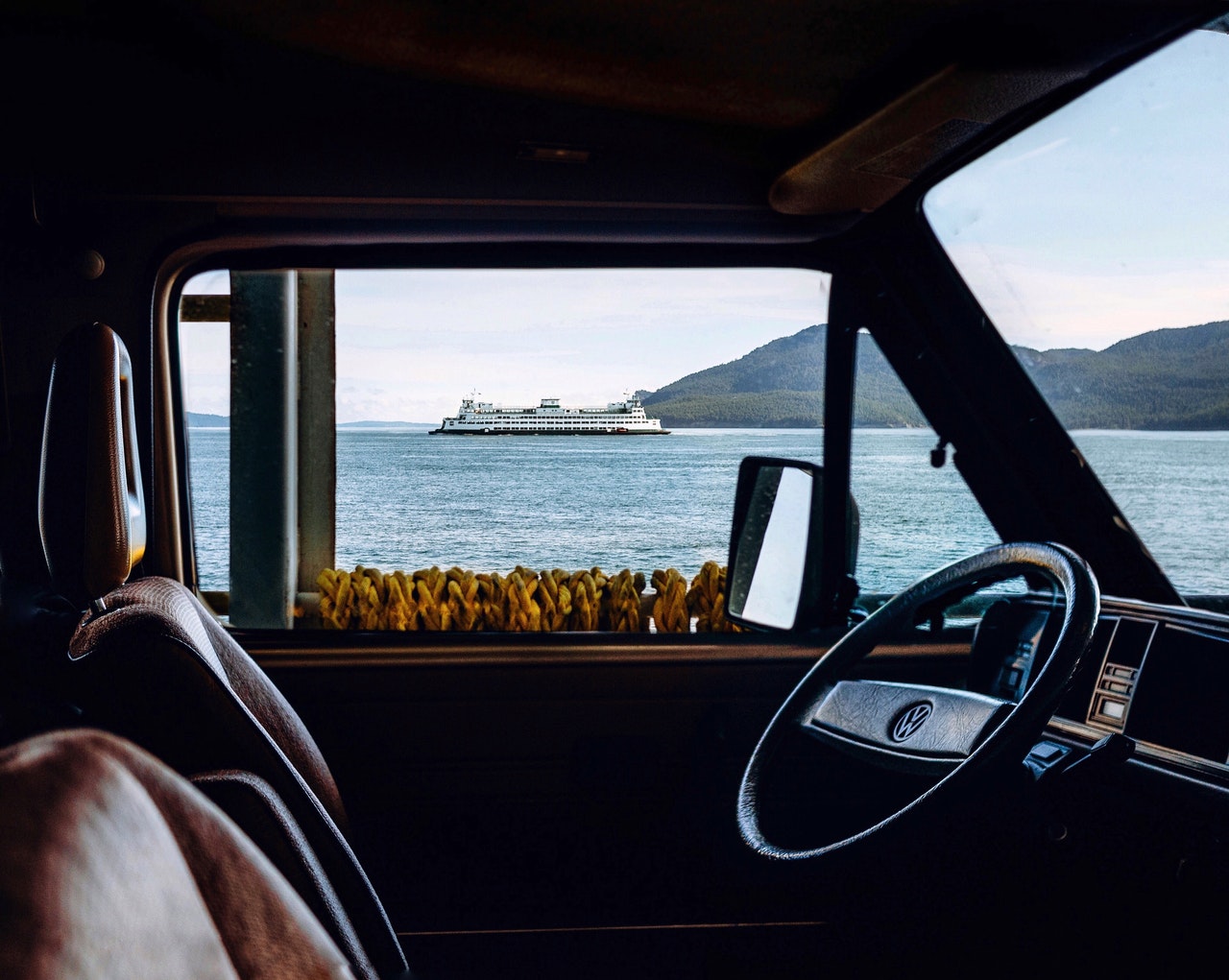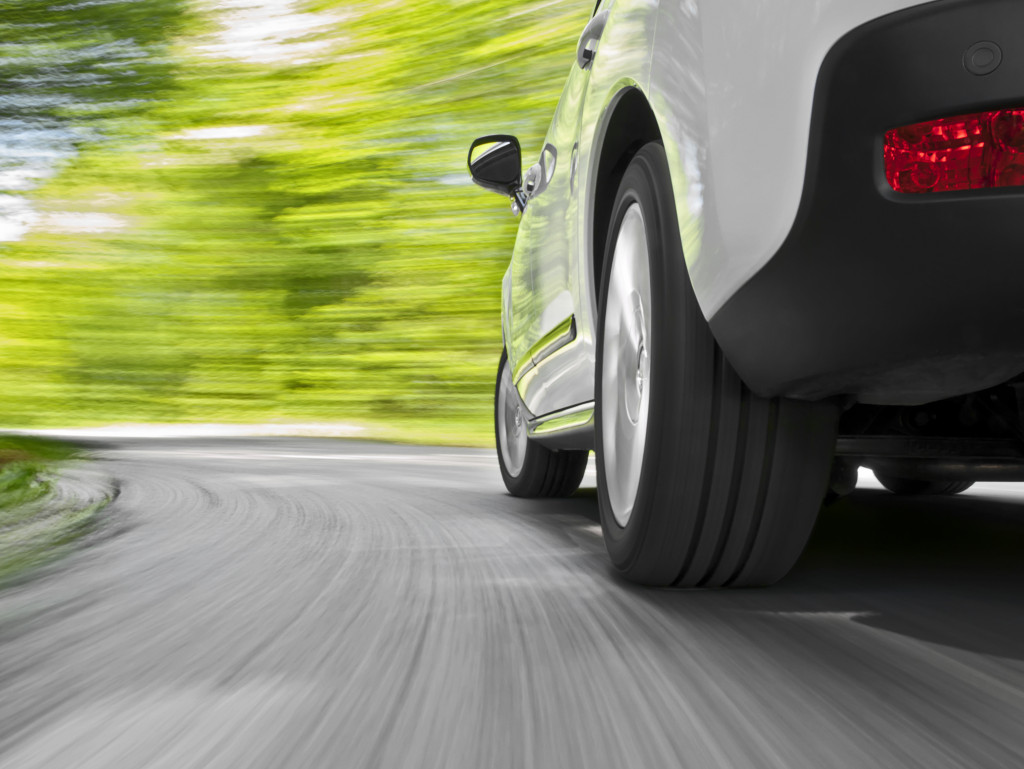Things don’t last forever, and regardless of the quality and value invested at purchase, depreciation is inevitable and affects most of our prized possessions. And one thing that is no stranger to depreciation are our cars, plus because they’re used daily, wear and tear will eventually take its toll.
However, when we talk about cars and consider the idea of purchasing a new one, it is also an important financial decision that we can’t just make on a whim. We also need to consider the option of repairing our daily drivers and potentially extending their lifespan and use.
When should we choose to repair our cars and in what situation is it always better to purchase a new one?
To answer this dilemma, we’ve come up with a short checklist for you to go through and help you decide on which option is best for you.
#1 Vehicle Performance
Number one on your checklist is evaluating the performance of your daily driver. Just as a manufacturing company evaluates its industrial balers, you will also need to be critical about your car’s capabilities. At the end of the day, a car’s purpose is to get you from point A to point B, and if it fails to do just that, then it might be high-time for a new car.
Of course, we can’t account for every single factor on vehicle performance; that’s on you. The environment surrounding point A and point B varies from person to person, so you need to answer this question:
Does It Meet Your Needs?
Others might need a car that can handle off-road driving and enough horsepower to traverse adverse road conditions. To some, vehicle performance can come in the form of seating capacity and move around the city on a single tank. Case and point, everyone’s needs are different, and if the current still meets the work you demand, repair costs might be the way to go.
#2 Style And Appearance
Number two on your checklist is style and appearance. Admittedly, this aspect is very subjective and can depend on person to person. Others don’t mind owning a daily driver that shows its age, but some prefer having a car that looks clean and modern. So, if you can hold off on appearances, then that’s one more point for repairs.
Do Looks Matter To You?
Of course, not everyone can afford to push their daily drivers with extra years. And even if functionally the car gets the job done, some careers require looking their best and leaving good impressions. So, if that’s the case, it becomes difficult to repair an older vehicle back to its former glory.
#3 Car Economy
Number three on your checklist is the car economy and comparing costs. If you’re like most of us, then you don’t have an endless flow of cash coming straight into your pocket, which means you can’t afford to drop down a lump sum that could break your bank. Cars aren’t a one-time investment, and there are expenses on both sides of repairing and replacing. So, consider the following:
- Fuel Mileage: Gas expenses can rack up pretty fast, and older models tend to be less fuel-efficient. So, if saving on fuel costs helps your restricted budget, then purchasing a new car may not be as bad as it seems.
- Repair and Maintenance Costs: Regardless of what side you choose, you will eventually meet repair and maintenance costs. In the case of repairing your current daily driver, draft a rough estimate on how much you’ll initially spend and the risk of getting further repairs. Next, compare those numbers to the monthly maintenance costs of owning a new car to see which is better.
- Monthly Payments: Replacing your current driver with a new car means you’ll end up with monthly recurring payments, which is something repairs won’t have to worry about. So, if you’re stuck on a restricted monthly budget and the numbers heavily favor repairing, then buying a new car may not be up your alley.

#4 Reliability
Number four on your checklist is reliability. As associated with vehicle performance, your driving needs will also determine the level of reliability you need out of your daily driver. Depending on its use, a car’s reliability will decide between personal danger and mild annoyance.
Leisure Vs. Daily Driver
If you only plan to use your car for leisure instead of a daily commute, then reliability may not score as high in your books. But, if you’re going to use it as a daily driver, then running into a couple of problems could severely affect the rest of your day. And, unless you’re a professional mechanic, it’s better to be safe than stuck on the side of the road.
#5 Comfort
Last but not least is comfort. Look, we all hate traffic, and our tolerance levels differ greatly. Some people can handle the traffic and still push through with a not-so-comfortable interior. But, if you’re part of the spectrum that values comfort and can relax in their cars, then that’s a different story. ; If everything’s been equal so far, then it boils down to the subjective aspect of whether your current daily driver is still comfortable or unable to meet your comfort standards.
Think Twice Before You Double-Down
Overall, before you go all-in with one decision, be sure that you’ve exhausted all other options and left no stone unturned. Because you don’t want to be the guy who regrets their decision and wishes they’d have folded.




